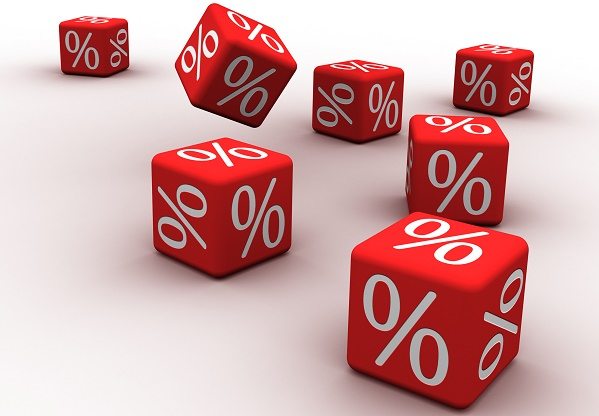On the first Tuesday of each month, the nightly news always includes a story about interest rates. More specifically, the story is about what the Reserve Bank of Australia (the RBA) is doing to interest rates. It even happens on Melbourne Cup Day: the race that stops the nation does not stop the RBA – although they do get their meeting out of the way in the morning, well before they jump.
The Board of the RBA meets on the first Tuesday of each month to set its target for interest rates throughout much of the economy. It does this by setting a target rate for one particular interest rate, known as the ‘cash rate.’ The cash rate is the rate at which banks lend each other money on an overnight basis. By setting a target price for this market, the RBA affects the other major markets in which money is borrowed or lent.
The RBA influences the market for overnight lending by entering it. It borrows or lends money itself, in order to achieve the desired effect on interest rates. It is a lot like buying and selling in any market: if you flood the market with supply (in this case, money to lend), prices fall. If you buy up everything in the market, prices rise. Interest rates are simply the price of borrowed money.
Of course, given that everyone else in the market knows what the target cash rate is, the RBA does not actually have to do too much buying and selling. If everyone knows what the price should be, that is the price they trade at.
A targeted reduction in interest rates is known as ‘monetary easing.’ This has happened regularly over the last few years and happened again last week. Monetary easing theoretically leads to lower interest rates throughout the economy. We say ‘theoretically’ because the effect on common interest rates such as home loan rates is often less than the reduction in the target rate. That happened last week, too. Malcolm Turnbull was less than impressed.
Monetary easing is generally good news for borrowers. The reason is simple – the interest burden of their loans is reduced. It is not such good news for lenders – which is what you are if you have your money in a cash management account or on term deposit. The amount of interest you receive on your investment is reduced.
That said, monetary easing tends not to have much impact on credit card rates. The market forces at work here are quite removed from the other lending markets.
The RBA reduces interest rates to stimulate the economy. If people borrow and spend more, economic activity gets a boost. So, falling interest rates tend to be a sign that the economy need a boost – which is not necessarily the good news that people think it is.
Increasing the interest rate is known as ‘monetary tightening.’ The RBA increases interest rates to discourage borrowers. This slows down the economy: higher interest rates mean less borrowing which in turn means less spending. So, higher interest rates tend to be a sign that the economy is going well.

